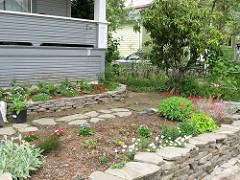At Upcycle, we’ve been ecstatic with the #UrbanGardening movement. The idea that you have be in possession of large swaths of land in order to grow your own food is as antiquated as harvesting by hand. The biggest issue most people run into when trying to do a little urban gardening is that the soil, simply from being in an urban environment with all the pollution that entails, is such poor quality. Run off from storms, commercial flights and dense urban traffic all conspire to reduce the nutrient density in urban soil. The easiest way to get around this pollution issue is using cheap raised garden beds.
By getting the garden beds up and into their own defined space, a soil amendment like Native Soil can do wonders to heal the polluted urban soil. We’ve looked at cheap raised garden beds before on this blog, but I wanted to spend some time looking at how to build them for under $20.
Inexpensive Raised Bed Garden
Nothing like a little garden project to make any mother-in-law happy. This cheap raised garden bed contains roughly one cubic yard of space that can be used with potting soil or any soil that’s combined with Native Soil fertilizer.
$2.00 Raised Garden Bed?
Depending on how much you want to upcycle and reuse, a cheap raised garden bed can be had for the paltry sum of $2.00. Now, it may not look as nice as brand new treated lumber, but it will get the job done. If you’re working on a true urban guerilla grow, this may be the approach you want to take.
By using such a cheap garden bed you can live to fight another day if the garden is removed from the poached land.
Cheap Raised Garden Beds – Platic Crates
Here’s a project I absolutely love. This raised garden bed uses recycled plastic crates in lieu of lumber. By using crates, this project all but eliminates the need for tools. Depending on where you find these crates, this may be the cheapest project yet. Including the $2.00 guerilla grow.
Cinder Block Cheap Raised Garden Bed
If you can’t find crates, you can almost certainly find cinder blocks in an urban environment. The best thing about this project, aside from the cost, is that it will last. Cheap wooden raised garden beds have a tendency of being beat into submission by the elements. Not so with cinder blocks. Plenty of these beds are still around for years and years after they were first built.
Don’t get hung up on the materials you use when building your beds. Something can always be repurposed for the right job and the right environment.
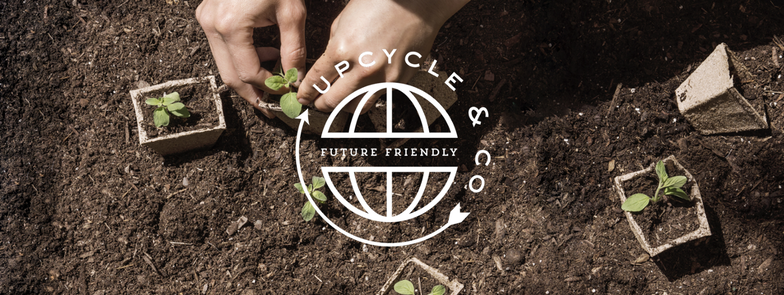
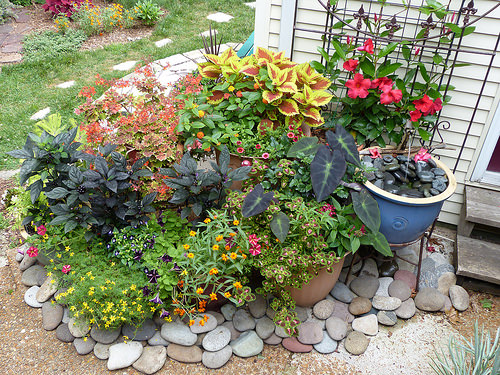
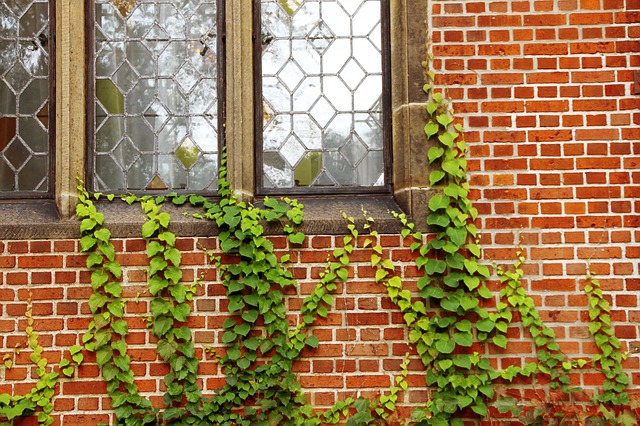 These types of plants can climb anything, which makes them perfect for covering up a wall or fence that needs to be hidden. You may also be interested in training them over an arbor or trellis. You can also grow them among existing landscape trees and plants. There are those that have to be fixed to a support, but others will find a surface to cling to all on their own through twining stems or tendrils. Some climbers that have proven to be reliable are honeysuckle, jasmine, wisteria, clematis, and climbing roses.
These types of plants can climb anything, which makes them perfect for covering up a wall or fence that needs to be hidden. You may also be interested in training them over an arbor or trellis. You can also grow them among existing landscape trees and plants. There are those that have to be fixed to a support, but others will find a surface to cling to all on their own through twining stems or tendrils. Some climbers that have proven to be reliable are honeysuckle, jasmine, wisteria, clematis, and climbing roses.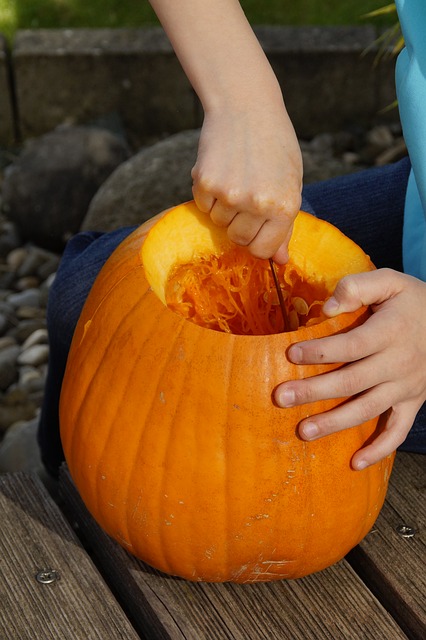



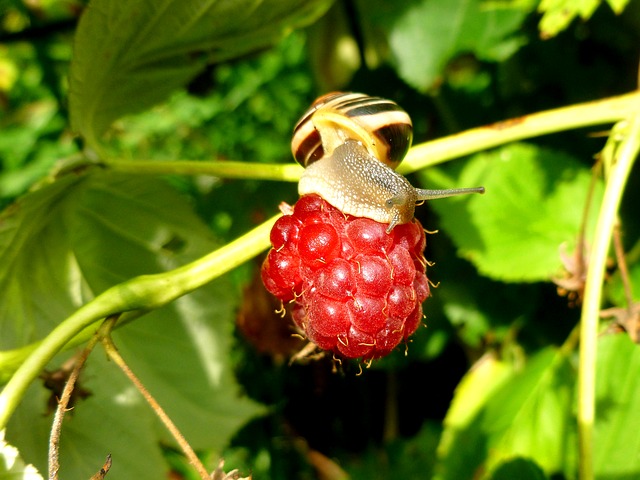 Some perennials are not preferred meals for snails and slugs, especially if their foliage is hairy and tough, or tastes bad. These varieties include achillea, helleborus, heuchera, euphorbia, and campanula.
Some perennials are not preferred meals for snails and slugs, especially if their foliage is hairy and tough, or tastes bad. These varieties include achillea, helleborus, heuchera, euphorbia, and campanula.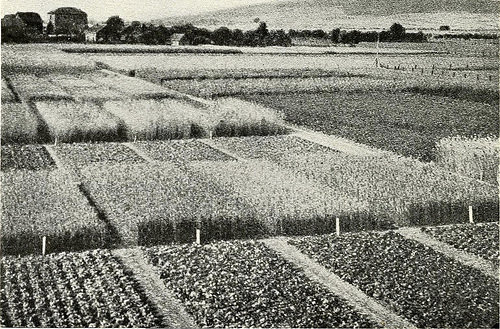

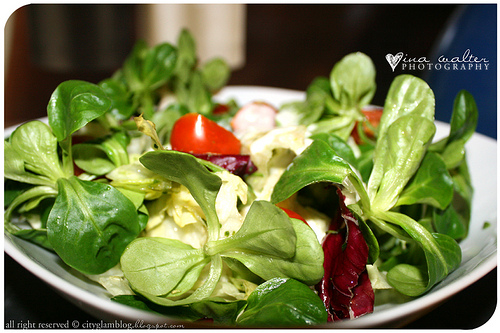
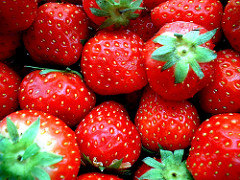
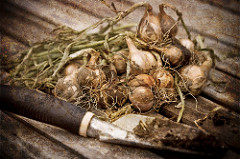


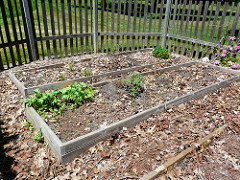

 Sometimes the soil you want to use for your garden has a high alkaline or salt content. Outside of using Native Soil, combine coffee grounds with the soil to reduce this. Basically, the grounds resupply the soil with acid. This is one of the most inexpensive ways to achieve this result. When you can eliminate excess alkaline from the soil, it makes what you are growing much healthier. This means your veggies will taste better, and your flowers will be more vibrant than ever.
Sometimes the soil you want to use for your garden has a high alkaline or salt content. Outside of using Native Soil, combine coffee grounds with the soil to reduce this. Basically, the grounds resupply the soil with acid. This is one of the most inexpensive ways to achieve this result. When you can eliminate excess alkaline from the soil, it makes what you are growing much healthier. This means your veggies will taste better, and your flowers will be more vibrant than ever.